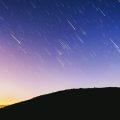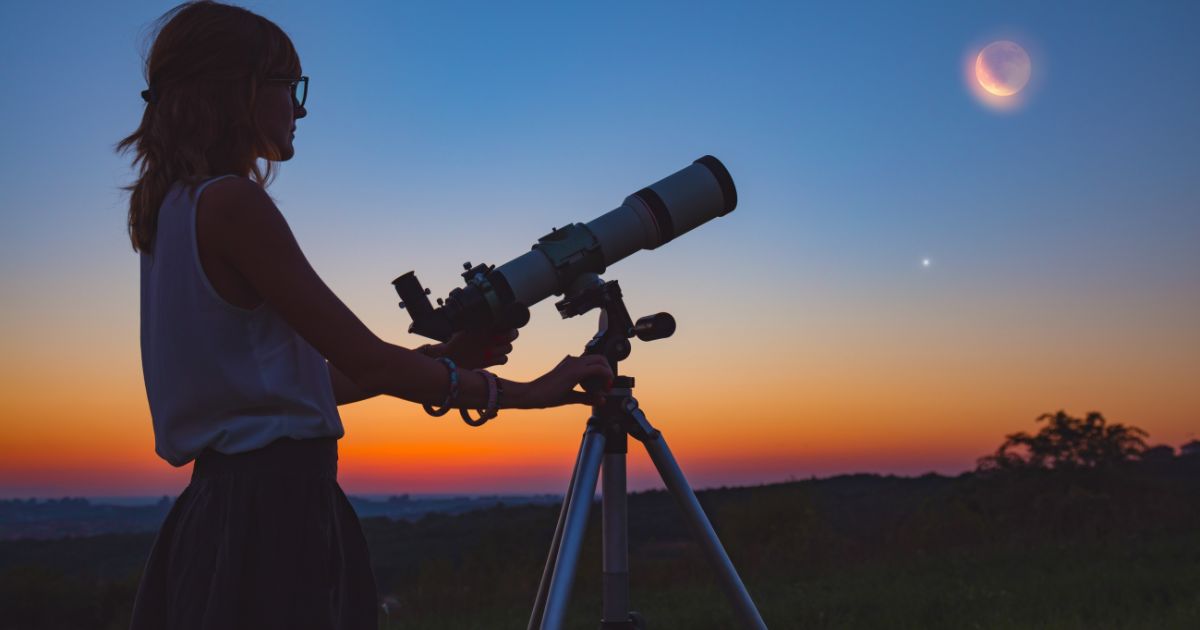The astronomy highlight for 2024 may sound like déjà vu – another spectacular solar eclipse.
Literally tens of millions of people across North America were able to briefly experience “standing in the shadow of our Moon” in 2017. But in 2017 most Canadians had to travel across the United States to some point along the Path of Totality. However for many Canadians, this year is different.
There are solar eclipses every one or two years that can be observed somewhere on the Earth. Indeed, I have found that travelling to a distant land makes the experience a life-long memory. But it is also nice to see one from your backyard or with friends without the expense of travel. This year in April you may be able to view it from your backyard – if you live in south-eastern Ontario, the Maritimes or Newfoundland, or if can visit a friend or relative there.
For Canada, the eastward-trending path of totality crosses the Canadian/American border in southern Ontario with Windsor on its northern limit. The path parallels the Trans Canada Highway (Hwy 401) near its northern limit as it whisks over Lake Erie, Lake Ontario and down the St.Lawrence River.
Montreal is on its northern limit, but the eclipse will be longer closer to the centreline. Those in Quebec should head to the Eastern Townships, or across the border into up-state New York or Maine, after which it crosses into the Maritimes.
The path starts to arc more eastward from the St.Lawrence River over to New Brunswick with Fredericton on the southern limit. The eclipse path crosses the centre of New Brunswick, with Kouchibouguac National Park and Dark-Sky Preserve on the centreline.
The path continues over the north-western half of Prince Edward Island, but Charlottetown scores a miss. After crossing the Gulf of St.Lawrence, it enters Newfoundland at Cape Ray. Gander is inside its northern limit while Terra Nova National Park and also a Dark-Sky Preserve is on the centreline. It then heads out over the North Atlantic Ocean where the Moon’s shadow leaves the Earth.
The day will dim around the time of totality, but you will not see the famous solar corona. Although being on the centreline of the eclipse will give observers the maximum experience, the path is about 180 km wide, so there is plenty of room within the path to travel to clearer skies, which you may find helpful.
There is a great video of the eclipse path with the time it reaches your location on the website: https://www.greatamericaneclipse.com/april-8-2024

Since for most of the eclipse some of the Sun’s disk will be exposed, everyone must be very careful to not stare at it without eye protection. The Sun’s disk is so bright, that it will burn you retina. This is true for any day of the year, but curiosity about the eclipse and the odd shape of the Sun as the eclipse progresses may cause a few people to star at it – VERY bad.
There are a number of websites that describe how to safely view the eclipse, such as https://www.youtube.com/watch?v=tJMmkc2_Wwo). Unless you are within the path of totality, you will only see a “bite” taken out of the Sun’s disk. This considered by some as the least interesting phase, but everyone agrees it is also the most dangerous phase for your eyes. To increase your enjoyment and safety, contact a local astronomy club and join them in the event.
This eclipse is particularly troublesome for Canadians.
This is not a good time of the year for clear skies in Canada along the eclipse path! One wayward cloud at the wrong moment will cloud out this fleeting event. This is why it is nice to have the option to make for clearer skies either by car, boat or plane. Otherwise you can watch it all unfold by watching a live webcast with your computer.
Here is Harrowsmith‘s article on How to View the Solar Eclipse
If you like to travel, there could be another nice solar eclipse in August 2027 across North Africa.
The accompanying images are from the map on the website: https://eclipse2024.org/eclipse_cities/statemap.html
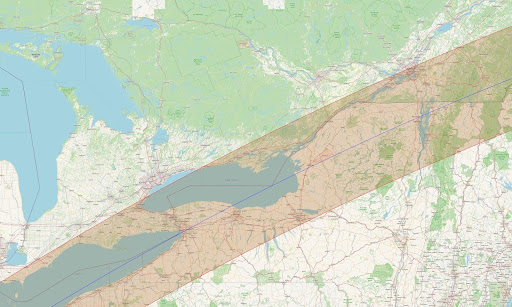
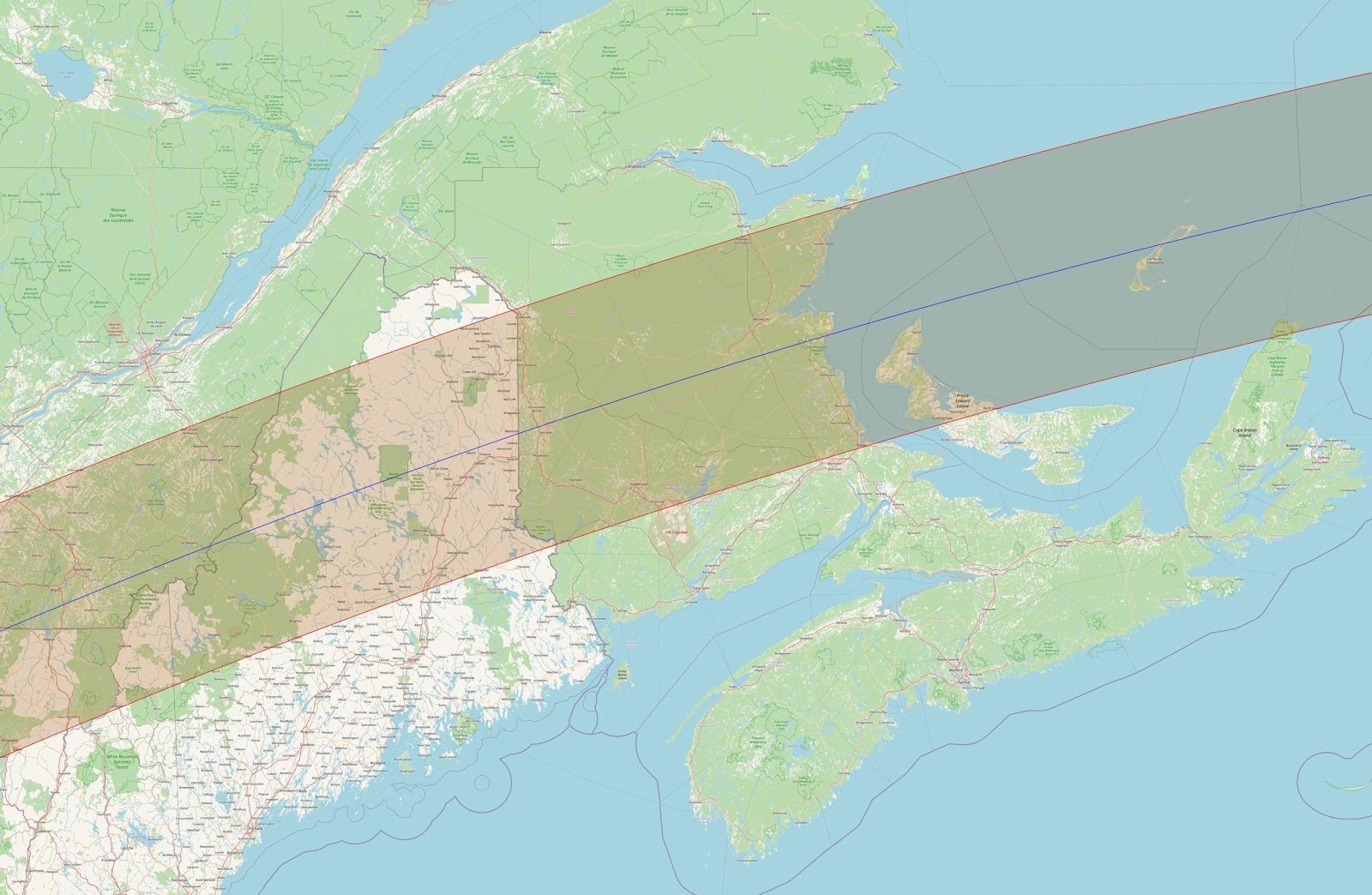
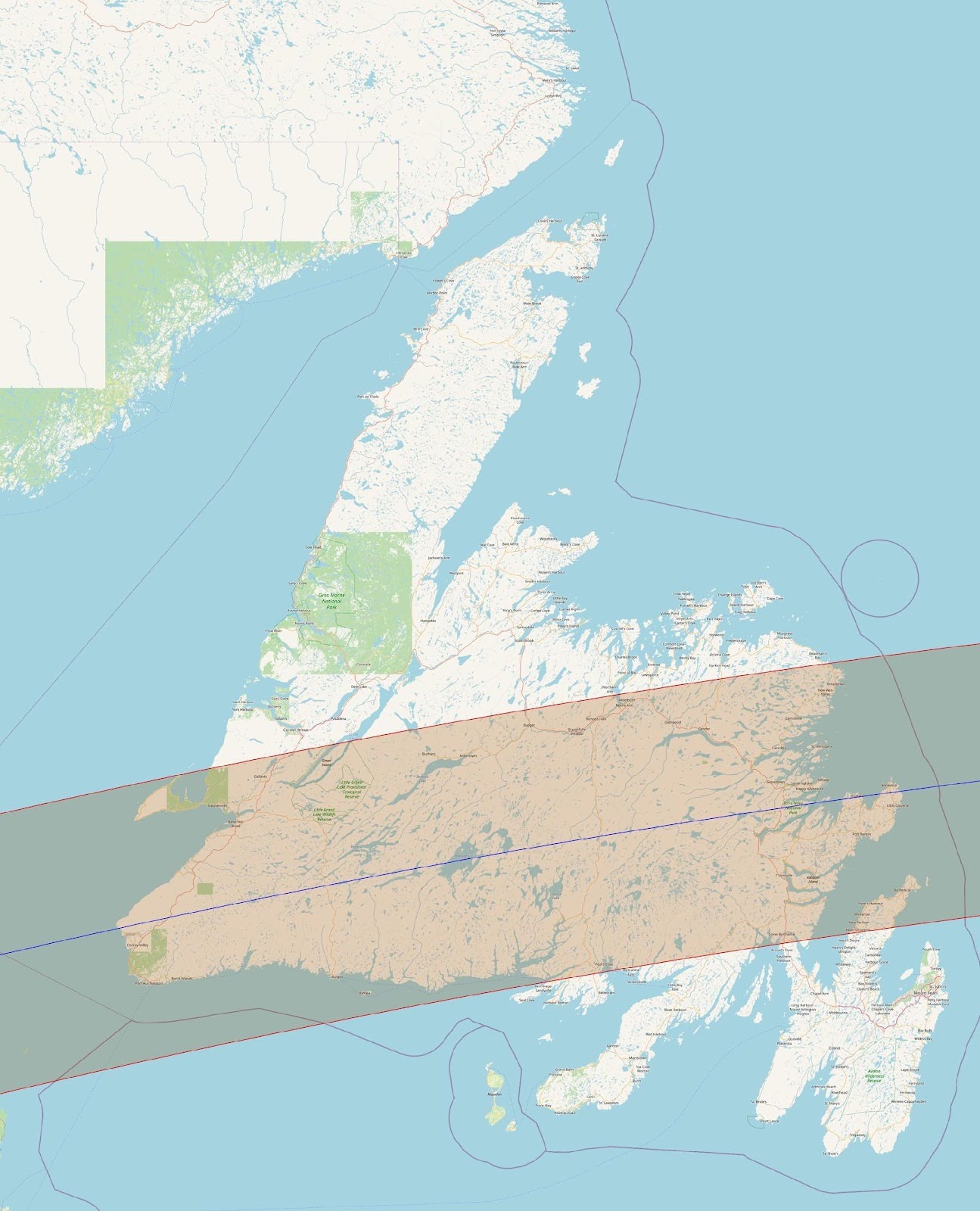
For more sky delights go to April 2024 Astronomy
One of Canada’s foremost writers and educators on astronomical topics, the Almanac has benefited from Robert’s expertise since its inception. Robert is passionate about reducing light pollution and promoting science literacy. He has been an astronomy instructor for our astronauts and he ensures that our section on sunrise and sunset, stargazing, and celestial events is so detailed and extensive it is almost like its own almanac.



